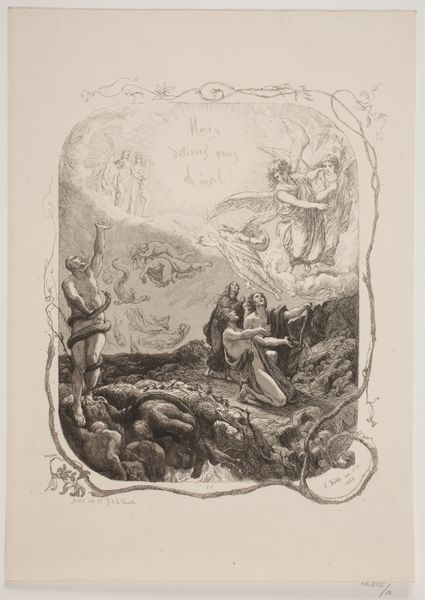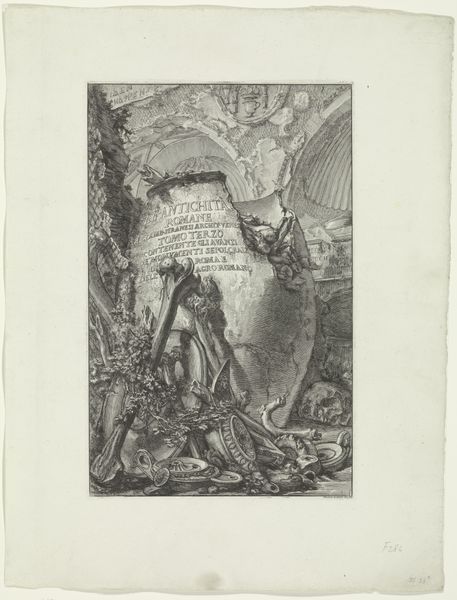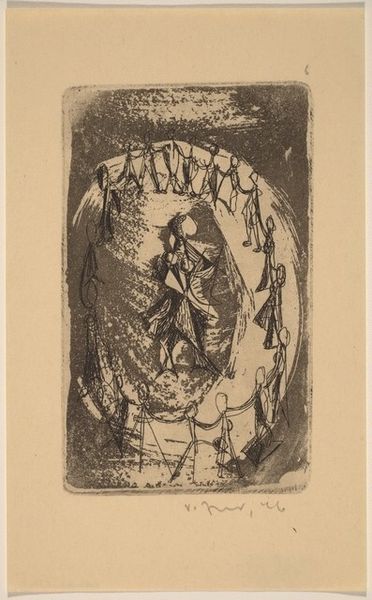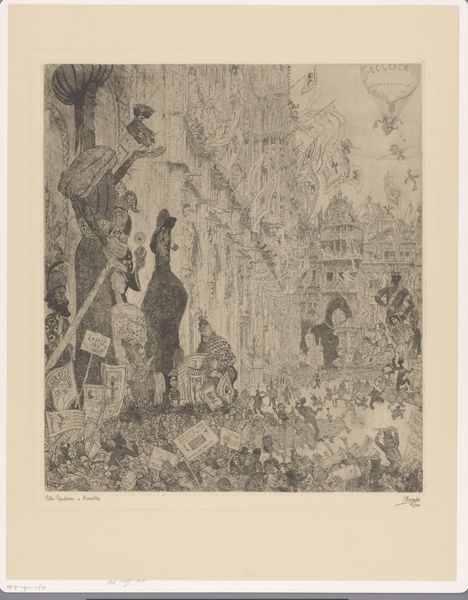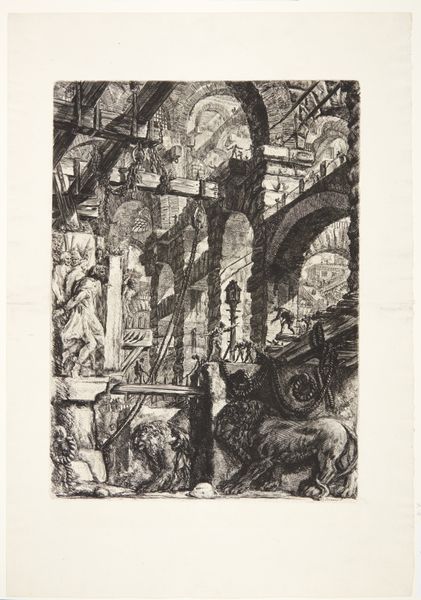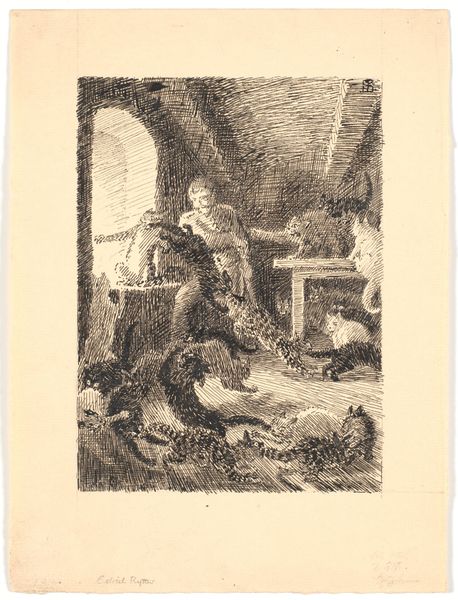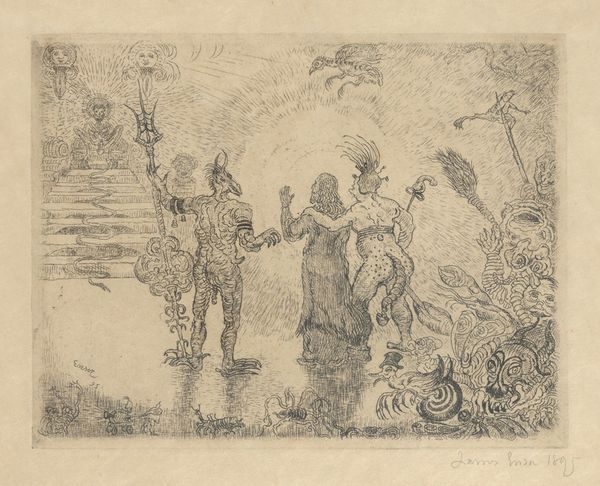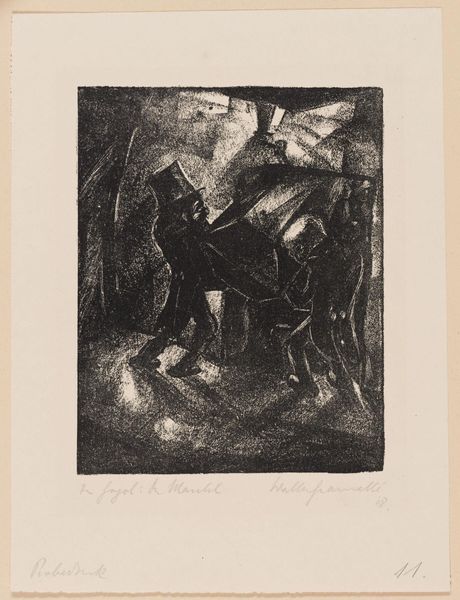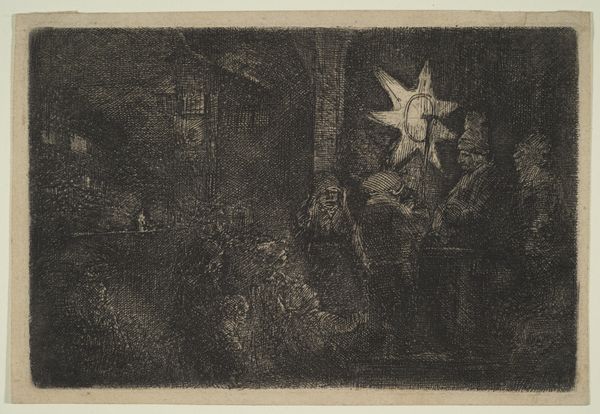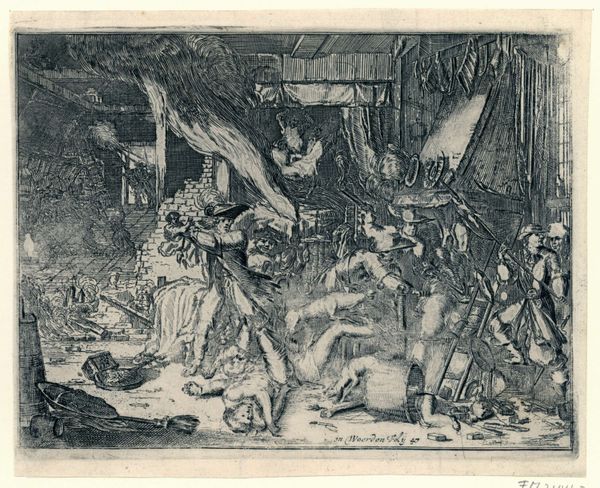
Drieluik met scènes uit het leven van de heilige Remaclus 1849
0:00
0:00
drawing, ink, pen, engraving
#
drawing
#
ink drawing
#
medieval
#
narrative-art
#
pen sketch
#
pencil sketch
#
ink
#
pen work
#
pen
#
history-painting
#
engraving
Dimensions: height 256 mm, width 356 mm
Copyright: Rijks Museum: Open Domain
Curator: Standing before us, we have a pen and ink drawing by Martinus Antonius Kuytenbrouwer Jr., created in 1849, titled "Triptych with Scenes from the Life of Saint Remaclus." Editor: It feels… overwhelmingly detailed. My eyes don’t know where to land. It’s intricate, certainly, but bordering on claustrophobic with the density of lines. What's your take? Curator: There’s a romanticized medievalism at play, isn’t there? Think Gothic Revival, that fascination with earlier religious periods, filtered through the artistic styles of the mid-19th century. Kuytenbrouwer presents Saint Remaclus's life in a visually rich, if slightly overwhelming, narrative. Editor: And a narrative very much defined by its historical moment. I am fascinated by the depiction of power dynamics represented, of monastic life alongside representations of both heavenly grace and earthly struggle. We are prompted to think about the individual's path within a religiously structured world, aren’t we? Curator: Exactly. Notice how he uses the triptych format, traditionally for altarpieces, to frame the saint’s life? It elevates Remaclus, presenting him as a central figure in a larger divine plan. Also the choice of pen and ink emphasizes a meticulous, almost scholarly, approach to illustrating the saint's story. There’s a deliberate historical weight that comes through. Editor: Which reinforces ideas of the church itself having ‘historical weight’. We can interpret Saint Remaclus as embodying particular values aligned with certain clerical visions. It reflects a societal desire to link itself back to a ‘pure’, often mythologized, past and to assert a cultural and religious identity. How neat that that visual and conceptual project manifests through delicate lines of ink. Curator: Beautifully said. I am going away and thinking that the technique and format act like historical filters; they guide how we understand the represented figures. What a dense network of cultural messages one image can deliver. Editor: For me, it highlights how history itself can become a medium, shaped by the very hands that seek to portray it.
Comments
No comments
Be the first to comment and join the conversation on the ultimate creative platform.
